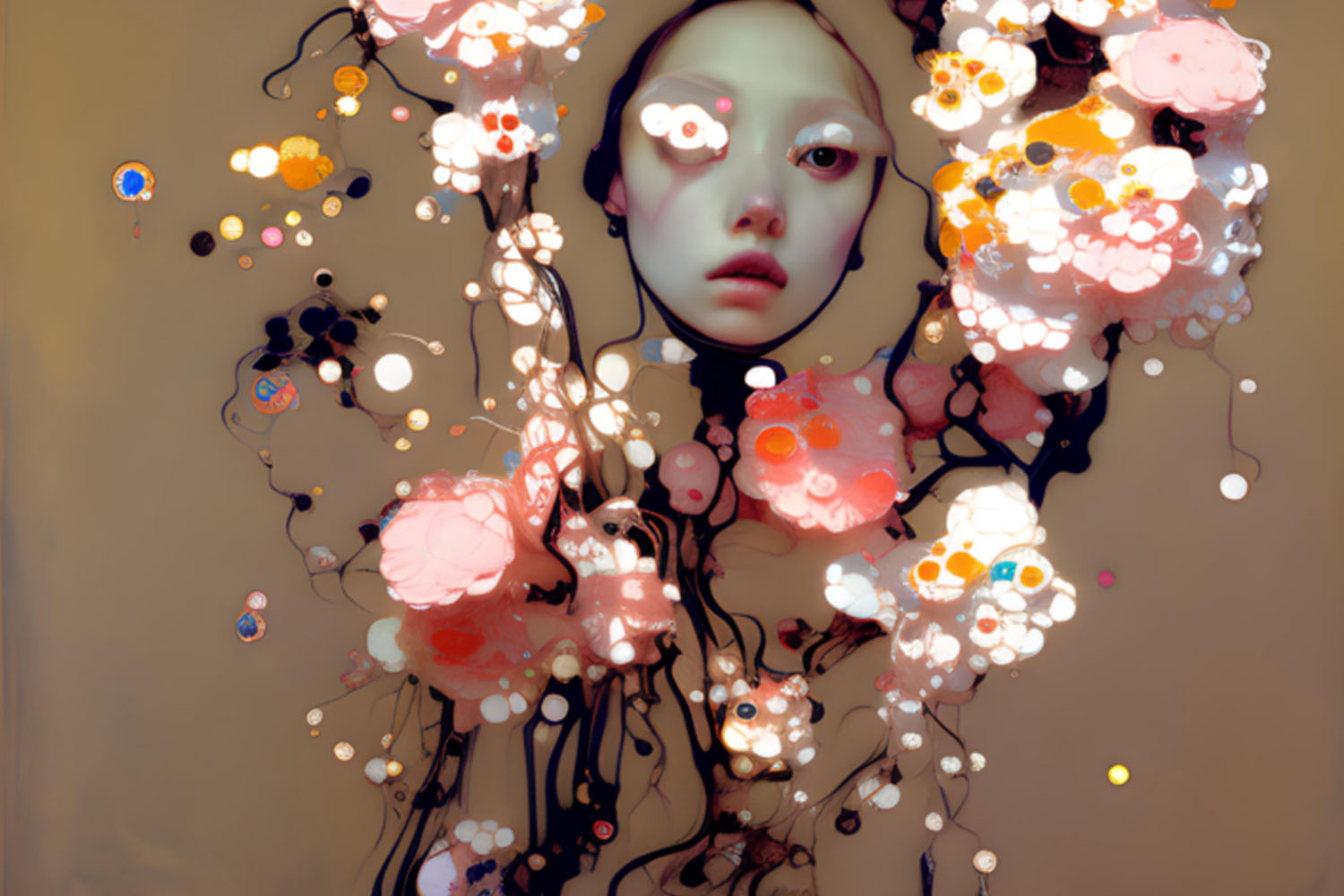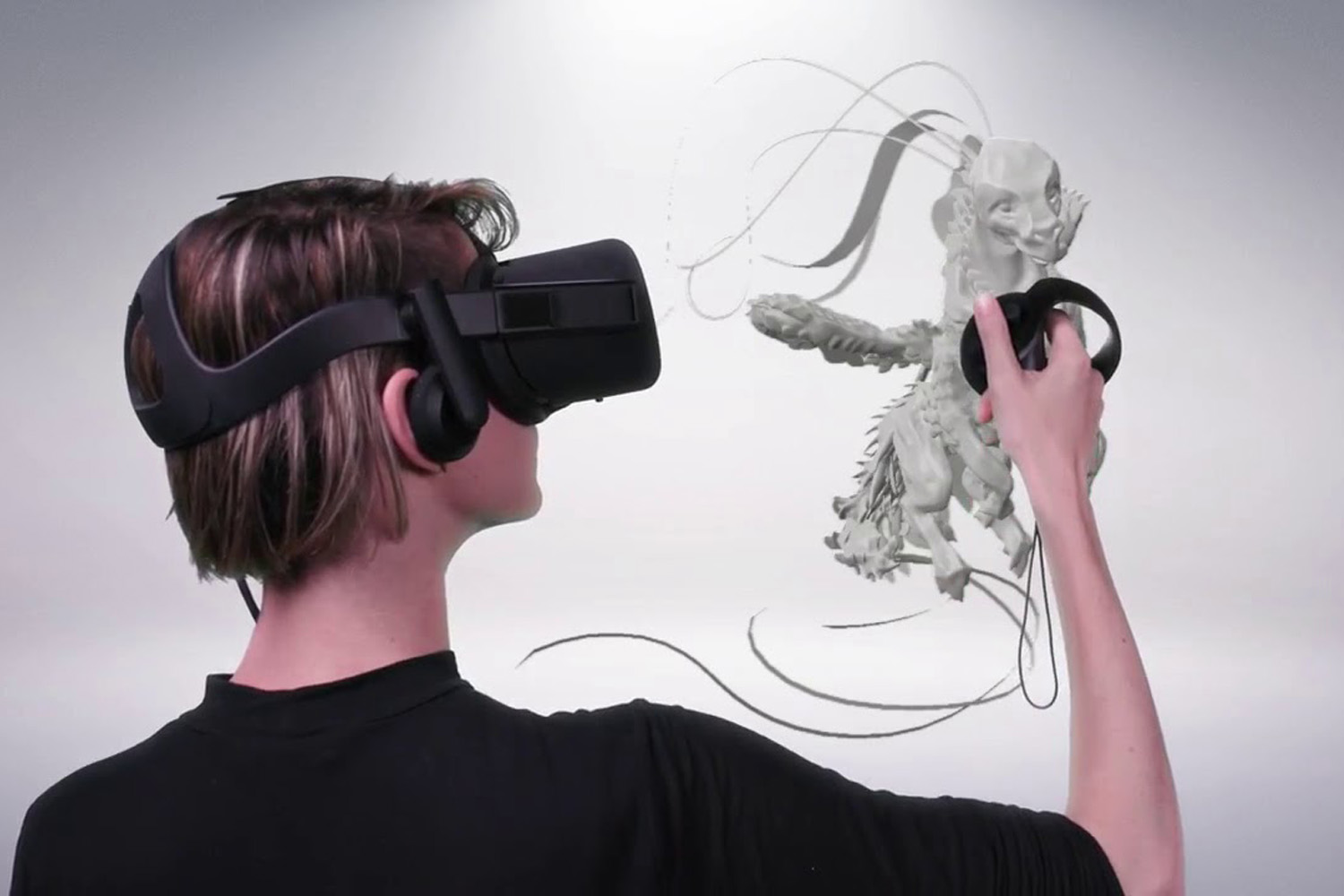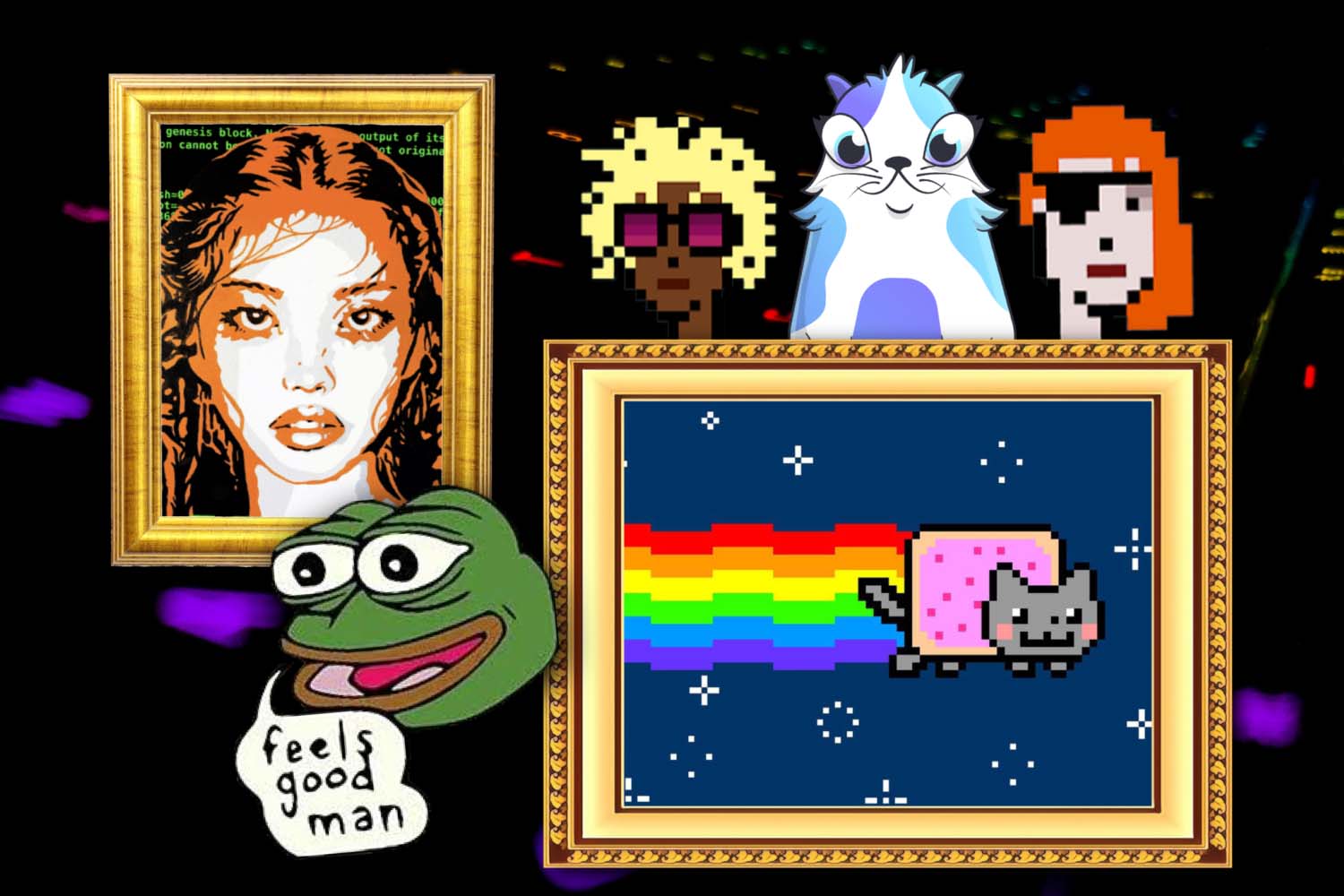The Future of ArtThe Impact of Artificial Intelligence andEmerging Technologies on Artistic Creativity

Art, as one of the most important forms of human expression, has always been evolving and embracing new technologies. In recent decades, significant advancements in various technological fields, especially Artificial Intelligence (AI) and digital technologies, have had a profound impact on the creation and development of art. These changes have not only transformed the ways of creating art but have also fundamentally redefined the boundaries of creativity and art itself.
AI is one of the most important factors that has transformed the art world. This technology allows artists to create unique artworks using algorithms and data. From digital paintings to music, graphic designs, and even poetry, AI has provided artists with new tools to experience and expand their creativity. For example, programs like DALL·E and MidJourney are capable of generating images and artworks based on textual descriptions, which is a revolutionary change in the art production process.


New technologies also play a prominent role in the interactions between the audience and the artist. Digital art exhibitions and augmented reality (AR) provide visitors with the opportunity to engage interactively with artworks. These interactions may include live transformations of the artwork, adding new layers to it, or even involving the audience in the creation of the piece. Such features add a new dimension to the artistic experience, transforming art from a purely observational activity into a participatory experience.


New technologies also play a prominent role in the interactions between the audience and the artist. Digital art exhibitions and augmented reality (AR) provide visitors with the opportunity to interactively engage with artworks. These interactions may include real-time changes in the artwork, adding new layers to it, or even involving the audience in the creation of the piece. Such features add a new dimension to the artistic experience, transforming art from a purely observational activity into a participatory experience.


However, the use of artificial intelligence and new technologies in art has raised new philosophical and ethical questions. For example, can AI-created works be considered art? And are these works entirely dependent on human creativity, or are they created independently of it?
Ultimately, the future of art influenced by artificial intelligence and new technologies offers artists and audiences the opportunity to expand the boundaries of creativity and experience a new and exciting form of art. However, questions regarding ownership, authenticity, and the meaning of art in the digital world will still remain.
Mohsen saraji / Creative Director and Futurist

